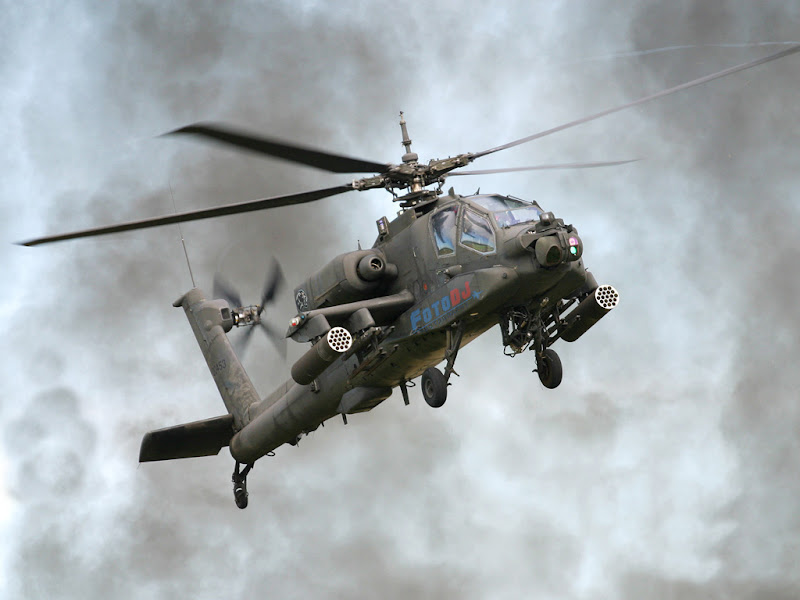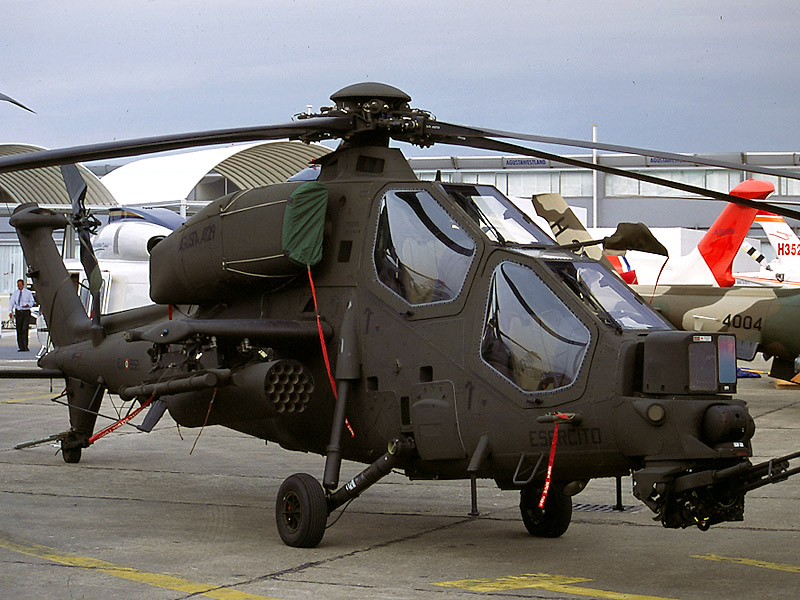The primary mission for WZ-10 is battlefield interdiction, eliminating the enemy ground fastened|mounted and mobile forces, and concurrently certain air combat ability. The WZ-10 is mostly almost like the South African Rooviak and Italian Agusta A129. The PLA Army Aviation long lacked an attack helicopter such as the AH-64 Apache or Mi-28 Havoc.
The Z-10 helicopter has a gunship configuration with a slim fuselage and stepped tandem cockpits. Gunner is seated at the front and the pilot is at the rear. The fuselage has sloped sides to reduce radar cross section. All important areas are believed to be protected by armor plates.
Weapons of the Z-10 may consist of 30-mm cannon, HJ-9 anti-tank guided missiles (comparable to the TOW-2A), newly developed HJ-10 anti-tank missiles (comparable to the AGM-114 Hellfire) and TY-90 air-to-air missiles. It also can carry unoperated rocket pods.
The Z-10 helicopter has a gunship configuration with a slim fuselage and stepped tandem cockpits. Gunner is seated at the front and the pilot is at the rear. The fuselage has sloped sides to reduce radar cross section. All important areas are believed to be protected by armor plates.
Weapons of the Z-10 may consist of 30-mm cannon, HJ-9 anti-tank guided missiles (comparable to the TOW-2A), newly developed HJ-10 anti-tank missiles (comparable to the AGM-114 Hellfire) and TY-90 air-to-air missiles. It also can carry unoperated rocket pods.
































